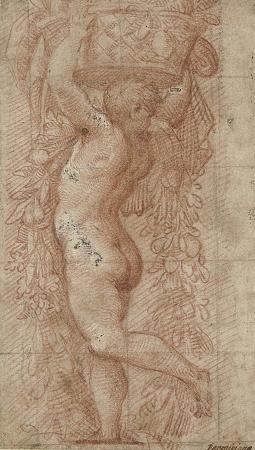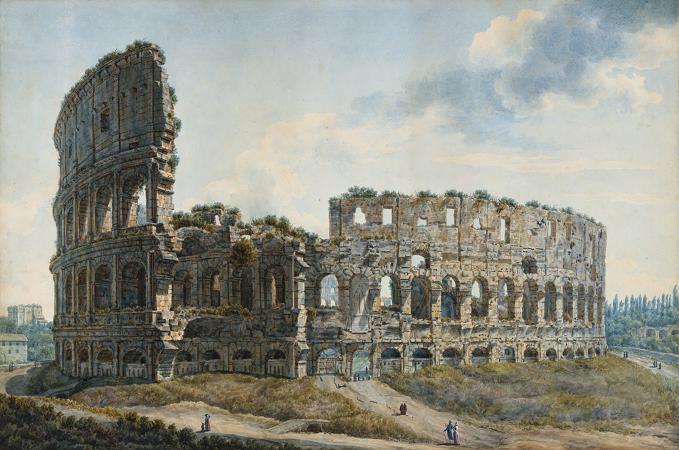White. In art and drawing, the term white typically refers to a color or medium that is used to create highlights, add brightness, or lighten other colors. There are several different types of white media that artists may use. White pencil contains white pigment instead of graphite. It can be used to create highlights or add details to dark areas of a drawing. White charcoal is made from compressed white pigment. It can be used to create highlights or add texture to a drawing. White pastel is a type of pastel that contains white pigment. It can be used to create highlights, add brightness, or blend other colors. White acrylic is a type of paint that contains white pigment. It can be used to create highlights, lighten other colors, or create opaque layers. White gouache is similar to watercolor, but contains white pigment. It can be used to create opaque layers or add highlights to a painting. Correction fluid is an opaque, usually white fluid applied to paper to mask errors in text. Once dried, it can be handwritten or typed upon. It is typically packaged in small bottles, with lids attached to brushes that dip into the fluid. The brush applies the fluid to the paper. Before the invention of word processors, correction fluid greatly facilitated the production of typewritten documents. One of the first forms of correction fluid was invented in 1956 by American secretary Bette Nesmith Graham, founder of Liquid Paper. With the advent of colored paper stocks for office use, manufacturers began producing their fluids in various matching colors, particularly reds, blues and yellows. Correction fluid copolymer visualized under scanning electron microscopy. The micro-structural details of the copolymer resin are visible under high magnifications. Correction fluid was applied on a glass base. The exact composition of correction fluid varies between manufacturers, but most fluids are composed of an opacifying agent, a solvent and an adulterant 'fragrance' to discourage abuse. The opacifying agent can be composed of a mixture of titanium dioxide, latex, and other polymer resins. Thinner originally contained toluene, which was banned due to its toxicity. Later, it contained 1,1,1-trichloroethane, a skin irritant now widely banned under the Montreal Protocol on Substances That Deplete the Ozone Layer, and then the slightly safer trichloroethylene. Thinners currently used with correction fluid include bromopropane. Because it contains organic solvents, unused correction fluid thickens over time as volatile solvents escape into the air. It can become too thick to use, and sometimes completely solidifies. Therefore, some manufacturers also sell bottles of solvent as thinner, a few drops of which will return the correction fluid to its original liquid state. To avoid the inconveniences of organic solvents, some brands of fluid are water-based. However, those have the disadvantages of a longer drying time, and incompatibility with some inks. Organic solvents are psychoactive when sufficient amounts are inhaled. Such solvents are common inhalants for adolescents due, in part, to the fact that they are inexpensive in comparison to other recreational drugs. Use of correction fluid as an inhalant can cause the heart to beat rapidly and irregularly, which can cause death. An unpleasant smell is added to some brands in order to deter abusers.Companies have worked closely with authorities in order to ensure that all the warnings are duly mentioned on packaging to inform parents and younger users of the risks associated with inhaling or drinking the fluid. India has imposed a ban on the retail sale of bottled nail polish remover and bottled correction fluid, but permits its sale in devices that provide a small amount of the chemical in a container that dispenses it in a controlled way.
more...














